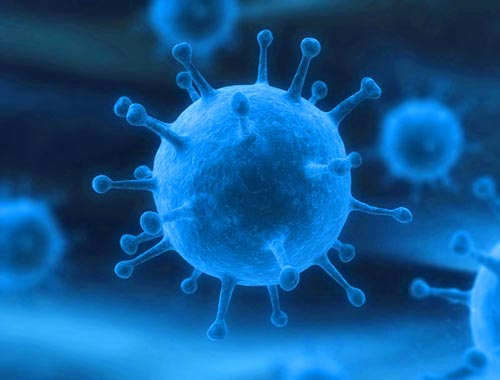Reference Ranges and What They Mean lab
 Published: 10 Sep 2024
Published: 10 Sep 2024
Normal Blood Test Ranges
Hematology (Blood Cells)
* White Blood Cell Count: 4,500-11,000/µL
* Red Blood Cell Count: Males: 4.7-6.1 million/µL; Females: 4.2-5.4 million/µL
* Hemoglobin: Males: 13.5-17.5 g/dL; Females: 12.0-15.5 g/dL
* Hematocrit: Males: 41-53%; Females: 36-46%
* Platelets: 150,000-450,000/µL
Chemistry
* Glucose (fasting): 70-99 mg/dL
* Cholesterol: Total: <200 mg/dL; LDL (bad): <100 mg/dL; HDL (good): >40 mg/dL
* Triglycerides: <150 mg/dL
* Uric Acid: Males: 3.4-7.0 mg/dL; Females: 2.4-6.0 mg/dL
* Sodium: 135-145 mEq/L
* Potassium: 3.5-5.1 mEq/L
* Chloride: 96-106 mEq/L
* Bicarbonate: 22-28 mEq/L
* Blood Urea Nitrogen (BUN): 7-20 mg/dL
* Creatinine: 0.8-1.3 mg/dL
Other Important Tests
* Thyroid Stimulating Hormone (TSH): 0.45-4.50 mIU/L
* Vitamin D: 20-50 ng/mL
* C-Reactive Protein (CRP): <10 mg/L
Interpretation of Blood Test Results
Blood test results should be interpreted by a qualified healthcare professional who is familiar with your individual medical history. Normal ranges can vary slightly depending on the laboratory performing the test. It's important to note that values outside of these ranges may not always indicate a medical problem, as they can be influenced by factors such as diet, exercise, and medications.
 Published: 10 Sep 2024
Published: 10 Sep 2024